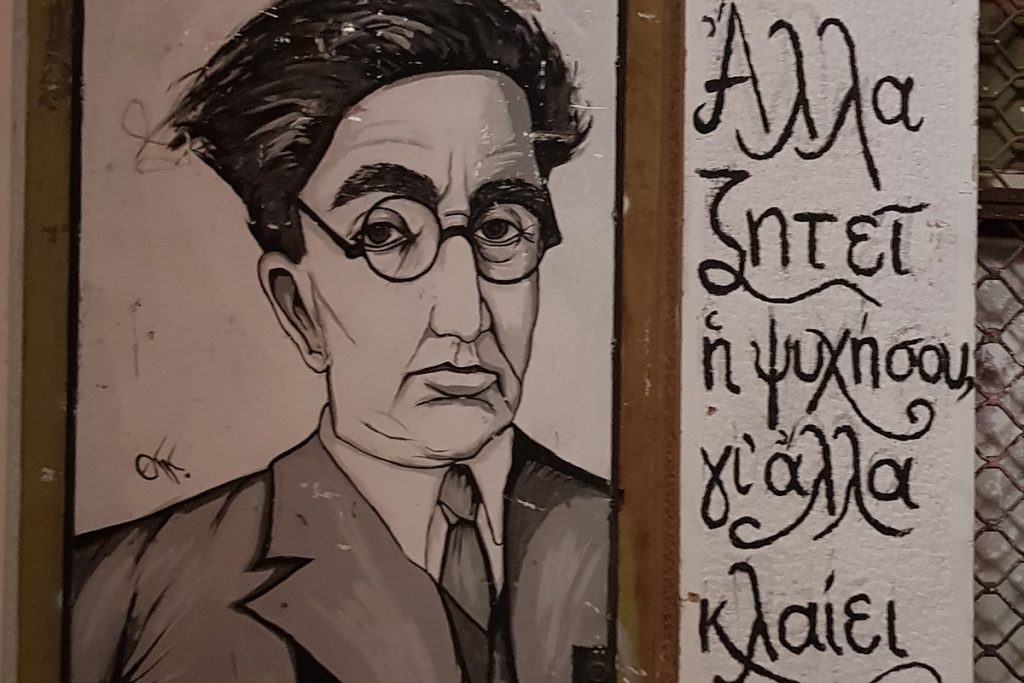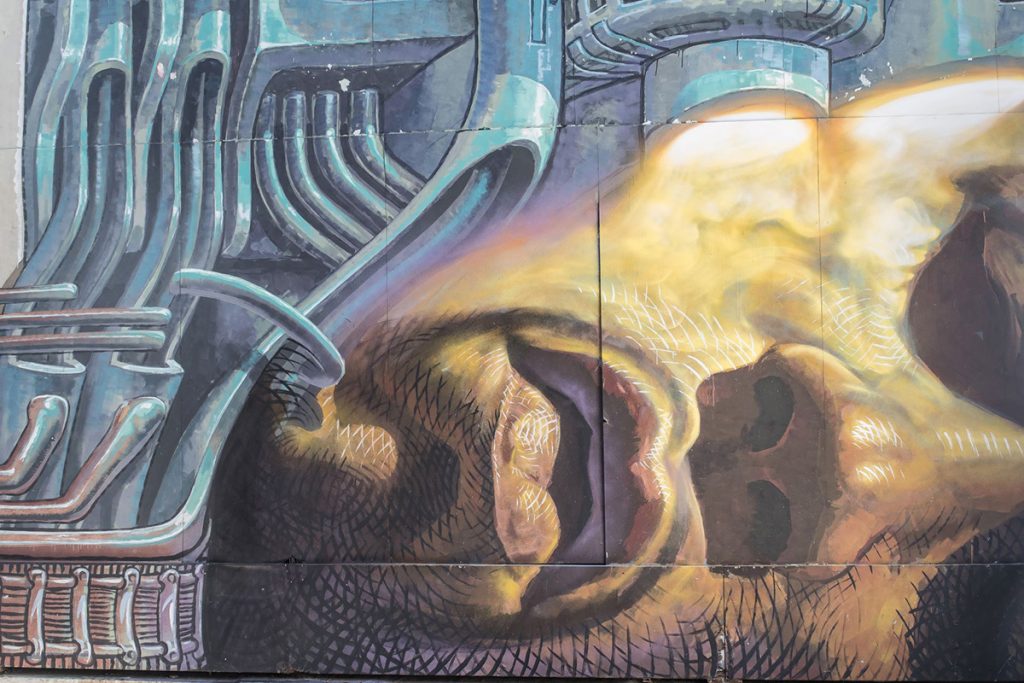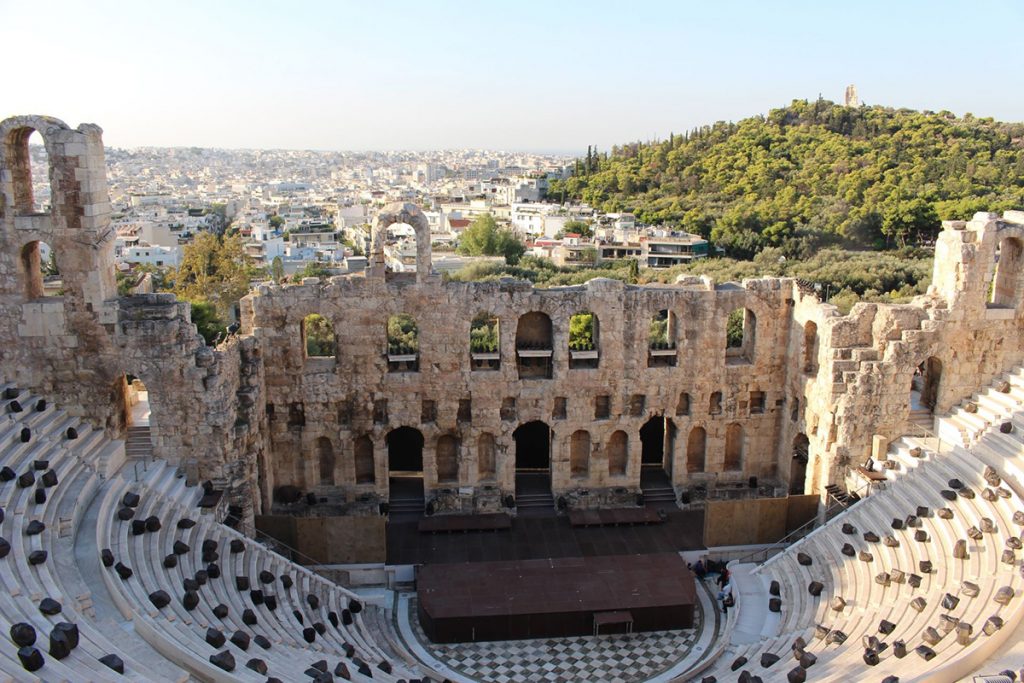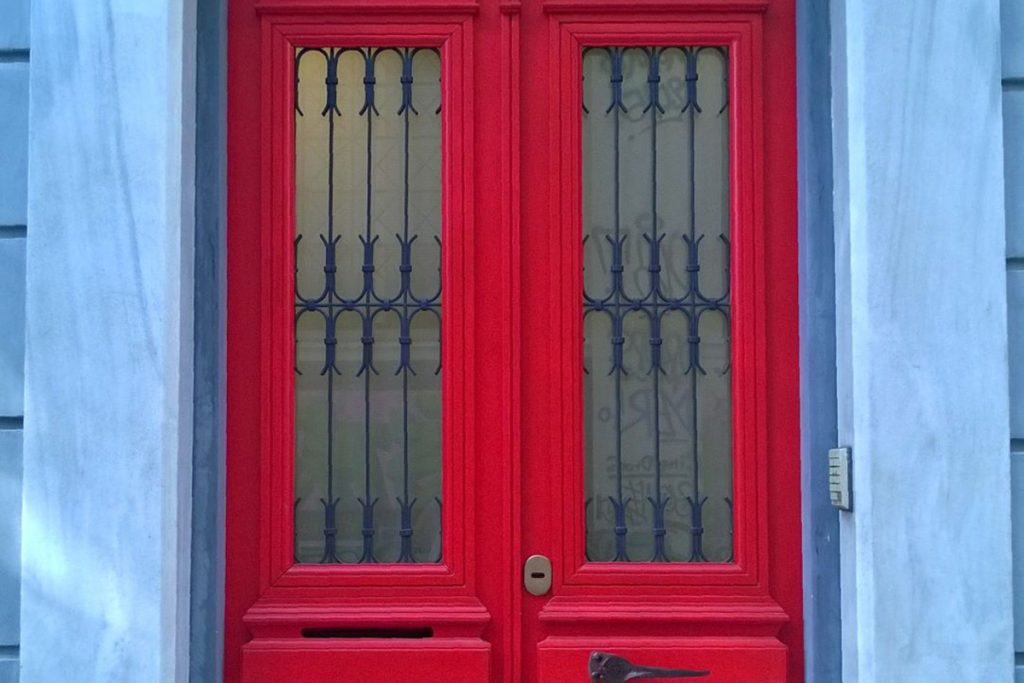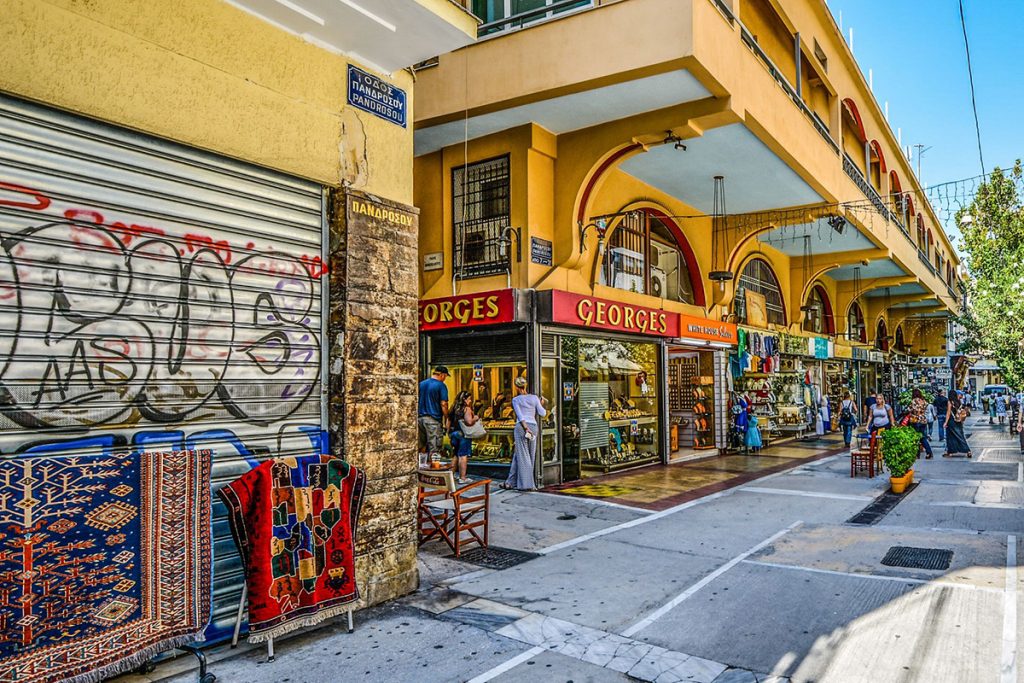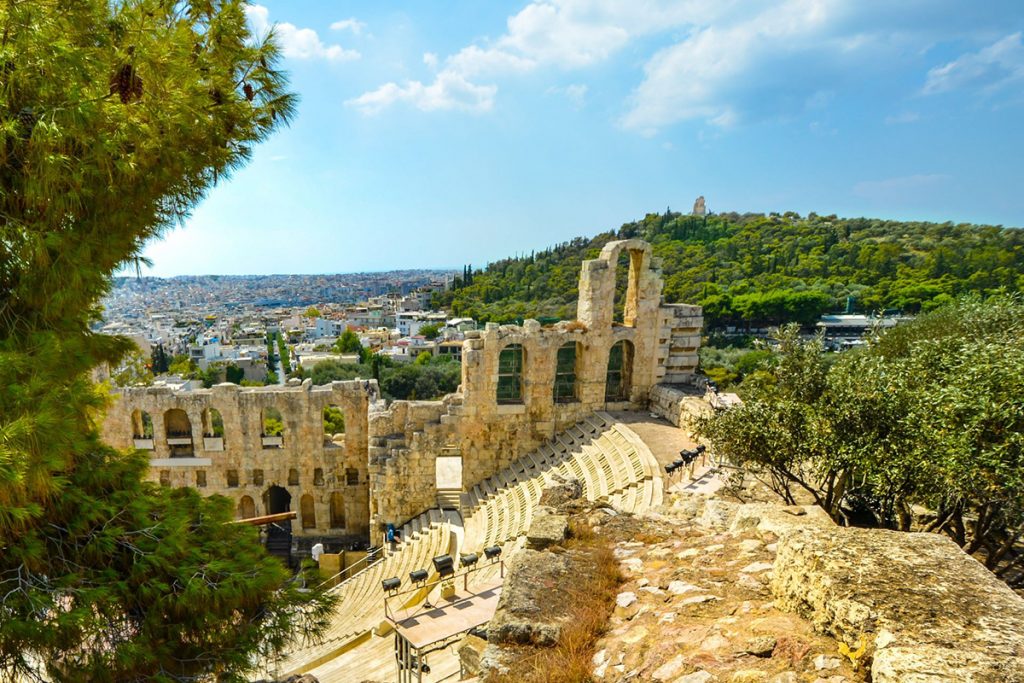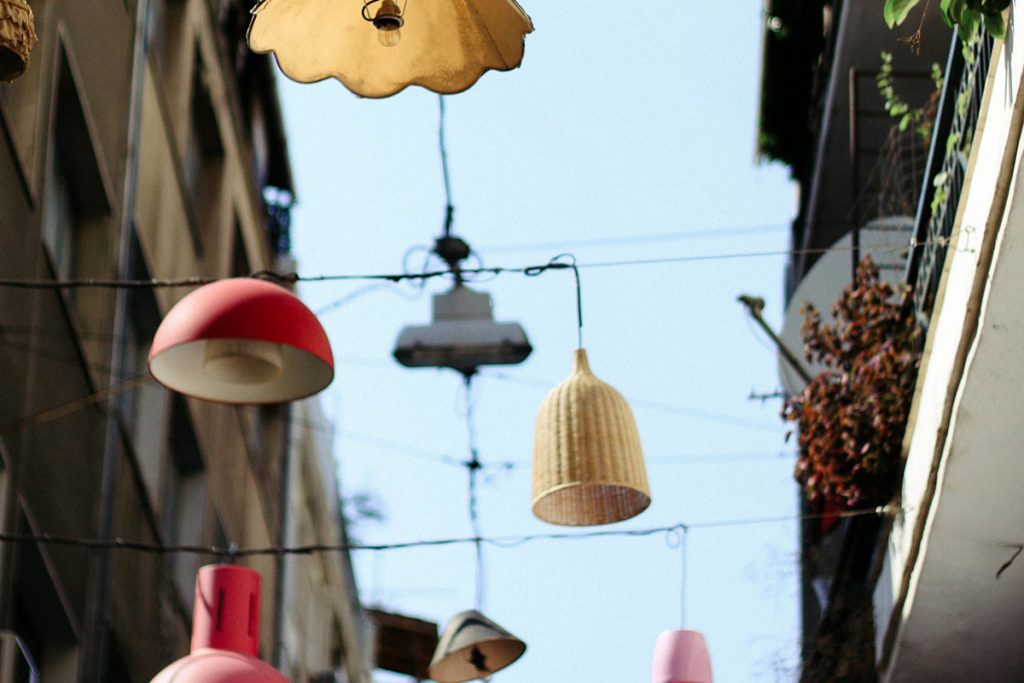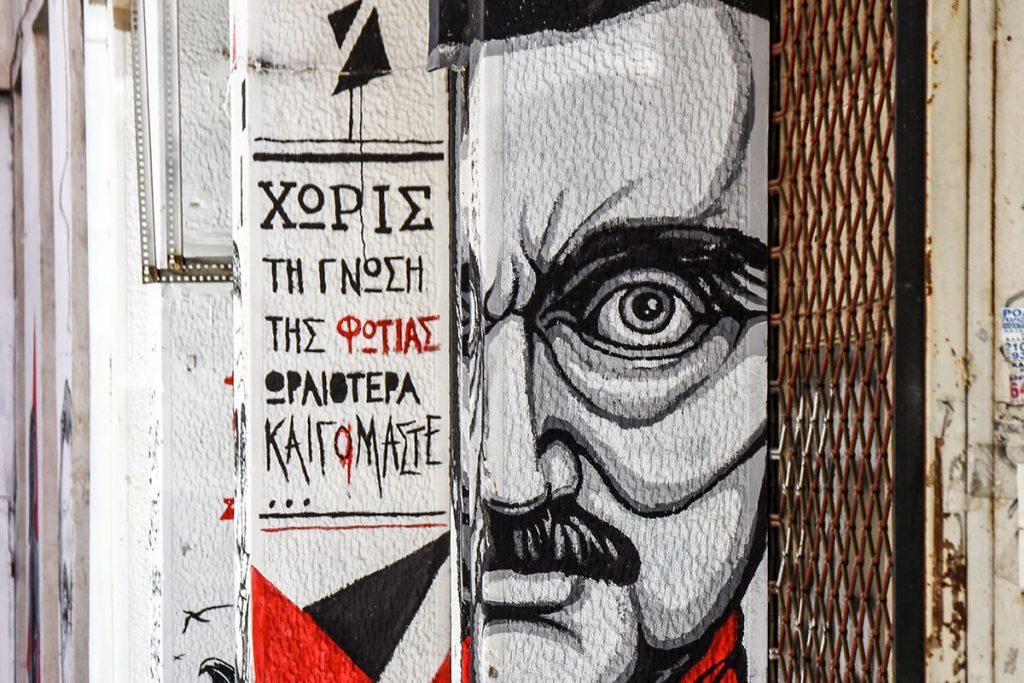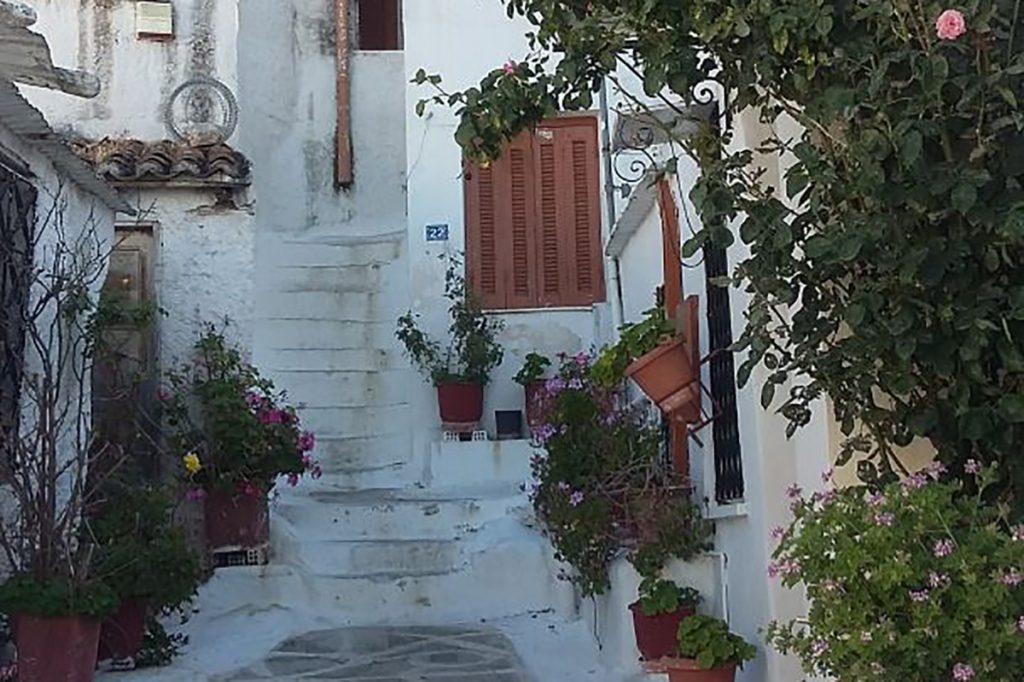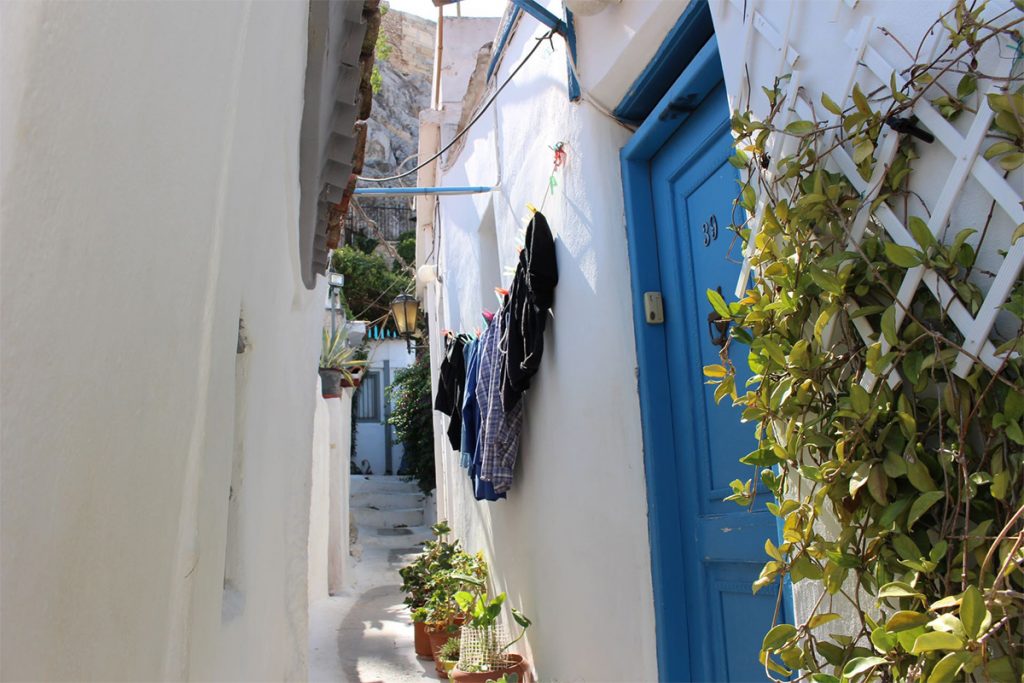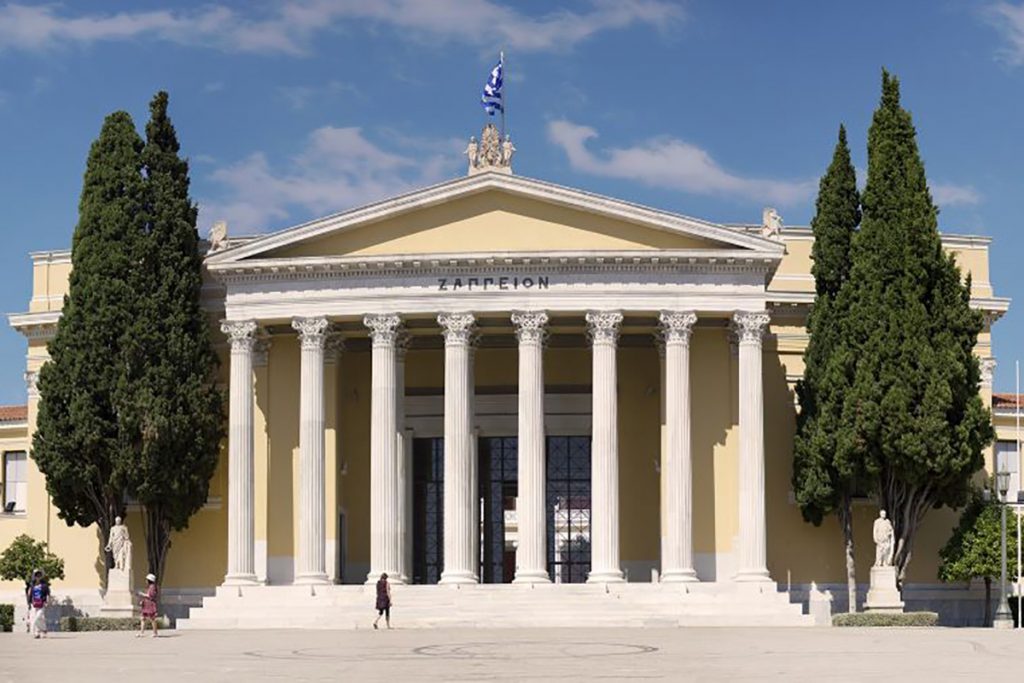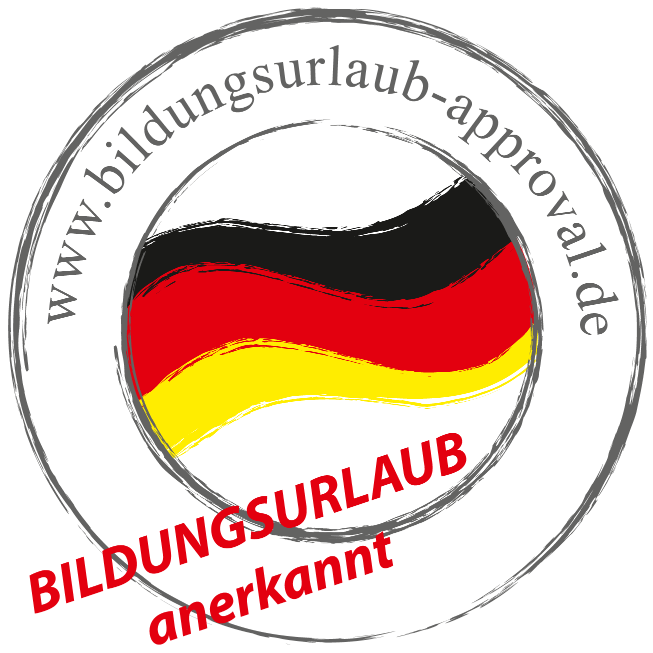Athen ist seit der Jungsteinzeit bewohnt und ist die historische Hauptstadt Europas mit einer langen Geschichte und modernen Schwingungen. Athen verbindet auf magische Weise Vergangenheit und Gegenwart, Klassik und Schwung.
Wir werden die Möglichkeit haben, Spaziergänge durch das historische Zentrum zu unternehmen und charmante alte Viertel zu erkunden, abseits vom Trubel des modernen Zentrums wie Akropoli, Plaka, Anafiotika, Makrygianni, Thiseio und darüber hinaus einige alternative Spaziergänge auf Monastiraki , Psyri und Kerameikos.
Lassen Sie sich von einem local durch die anspruchsvollen und charmanten Viertel führen, verbergen Sie verborgene „Stadtschätze“ und stellen Sie eine Stadt am Strand vor, denn Athen ist die einzige europäische Hauptstadt mit 14 Stränden mit blauer Flagge und mehr als 50 km Küste.
Athens
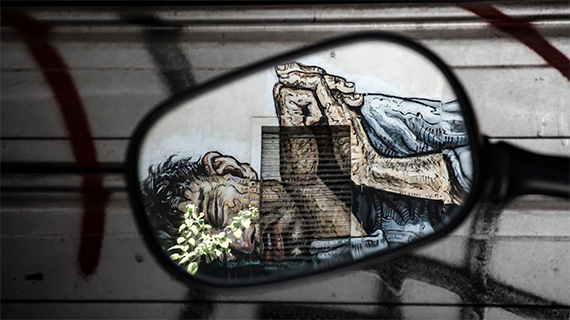
Contemporary cultural elements of Athens
The most popular slogan of our days mentions that “Athens is the new Berlin”. In this sense, there is this effort to juxtapose Berlin of the early ’90s and Athens of 2010s as cities which both have a new artistic movement emerged. If we want to be strict while doing historical analogies, Athens and Berlin had around the same period -from 1989 to 1994- a similar artistic movement of small artist-run spaces. The difference is, while in Berlin this movement became massive -and now is probably declining- in Athens is nourishing. The reason for that is the cultural elements of the modern city that one can understand by walking in its streets.
The modern coffee cultures
In Athens, people like to drink coffee in the unique way a traveller could notice in other Balkan and Middle Eastern cities. We drink our coffee leisurely, in small sips and not in a rush. Literally, in Athens, one could dive into an ocean of different coffee cultures combining fast and slow passed delight. The key element of Athenian coffee culture is the cold variations of coffee during the spring and summer months. As the temperature rises, different style of coffee places starts to get packed of people who burst to receive pleasure from ice-cold coffee, either instant (frappé) or espresso (Freddo espresso/cappuccino, means cold espresso).
Coffee places in Athens are spots of compressed culture. Traditional coffee place (kafeneio) is an area of political, social and cultural exchange of opinions, which brings along something of what German philosopher Jürgen Habermas calls “public sphere” or essence of what ancient Athenian Agora was made from. On the other hand, there are contemporary neo-industrial or neo-retro coffee places where you can enjoy coffee in the most sophisticated way. In between, there are great coffee places in certain areas of the city where they are used from the locals as meeting points. The quality of the coffee there is not the important part, while the interaction with others is the key.
Food, street food cultures
Besides coffee, Athenians love to eat. The contemporary city has achieved to deliver a multi-levelled and cross-culture culinary range of traditions. From original Greek street food (the famous souvlaki) to burger places, falafel cantinas and so on, one could find everything. A new trend in contemporary Athens Is vegan places, where modern vegetarian/vegan food choices are presented within the Athenian food tradition. A blend of tastes in every corner of the city is there for the restless flâneur of the city to discover them.
Cooperativity, indie art
So, to return to the original idea of this small article, Athens is a city of many cultural elements. Food, coffee, art and an idea of freedom. So to speak, contemporary Athens drives the visitor to incorporate some key and minimum elements of life and pleasure. Although it’s big and crowded, Athens dares the visitor to stroll in the small paved roads and the streets. The narrow pavements guide your gaze directly to others around you. Little room means inconvenience sometimes, but also means opportunities for connection with others.
Similarly, by combining modern ideas, opportunities with connection and life along with pleasure, Athens of our times is a city full of art and energy. In its neighbourhoods, spaces of culture and art orientation are combined with places for food, coffee, beverages and bars. While since the early 90’s the cultural life of Athens was gathered around more “traditional” neighbours like Plaka, Psyrri and Monastiraki, the new heart of the city’s art movement lies in previously under-developed areas. Kerameikos, Metaksourgeio and Kypseli -the latter was the most crowded neighbour of Athens and one of the most packed urban areas in Europe- are now the places that gather a diverse and also heterogeneous audience. People from all around the world are inspired by modern Athens and the way this city became resilient to the most severe financial crisis of this century.
Modern indie art in Athens has been produced as a result of this resilience procedure. The main idea is that Athens via embracing new ideas and new populations while keeping some core elements of the past. Athens became resilient by embracing many types of collaborations, from the Social Solidarity Economy (SSE) to non-formal types of cooperation. The result is an open city which can benefit urban residents so to take a step in artistic and other orientations, a city to discover every day, all year long.
Blick auf die Akropolis
Die prächtige Akropolis, die von fast überall in der Stadt sichtbar ist, ist der Mittelpunkt, um den sich Athen noch dreht. Diese im 5. Jahrhundert v. Chr. Erbaute Tempelstadt erinnert die Griechen täglich an ihr Erbe und die vielen Veränderungen der Stadt. Über dem gesamten städtischen Becken neigen sich Dächer und Balkone zum Wahrzeichen, einem Block aus milchigem Marmor auf einem steilen Hügel. Ziehen Sie Ihren eigenen Stuhl hoch, machen Sie es sich bequem und lassen Sie sich Zeit, um die vielen Stimmungen der Akropolis zu würdigen, während sich das Licht verschiebt und die Wolken ihre Schatten werfen.
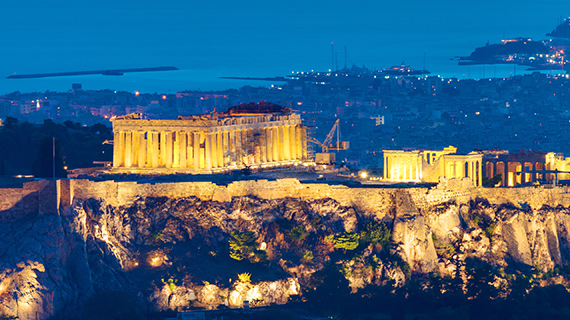
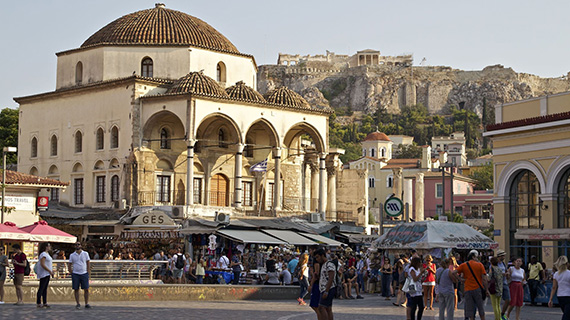
Schichten der Geschichte
Das kulturelle und gesellschaftliche Leben Athens spielt sich inmitten, um und in Sehenswürdigkeiten ab, die Jahrhunderte alt sind, wenn nicht sogar Jahrtausende. Die Überreste des antiken Griechenlands erhalten natürlich die größte Aufmerksamkeit dank eines kleinen Dings, der als Demokratie bezeichnet wird. Oh, und Mythologie und Drama und Philosophie. Aber vergessen Sie nicht die „späteren“ Jahre: tausend Jahre alte byzantinische Kirchen, die sich inmitten von Straßen unbesetzt hocken und an Hängen hängen. Osmanische Spuren können in der Architektur und im Essen gesehen werden. Der neoklassizistische Stil des 19. Jahrhunderts verleiht dem gesamten Zentrum Eleganz.
© Copyright 2019 TheLamdaProject
created by Quantum BITS

